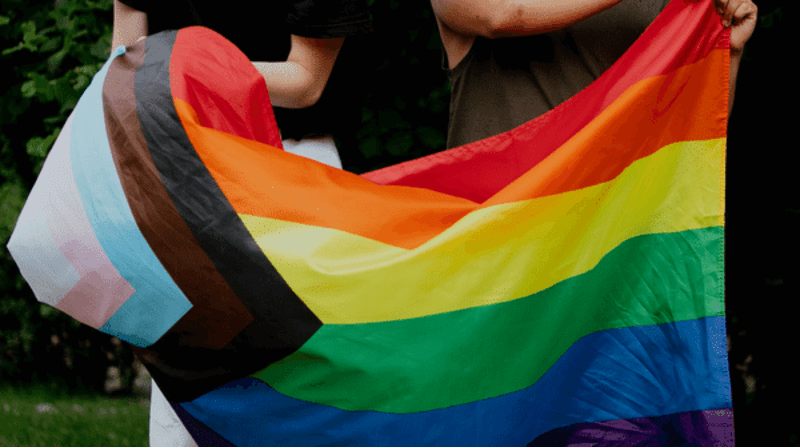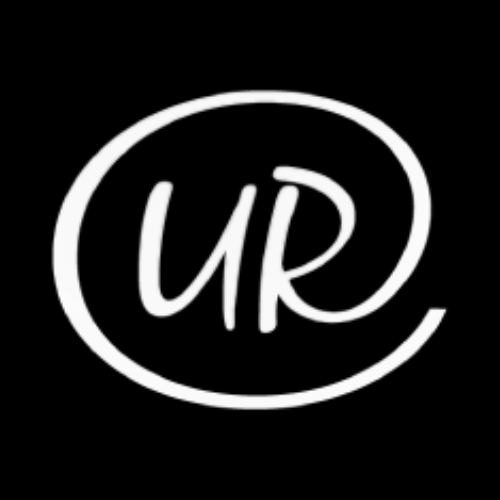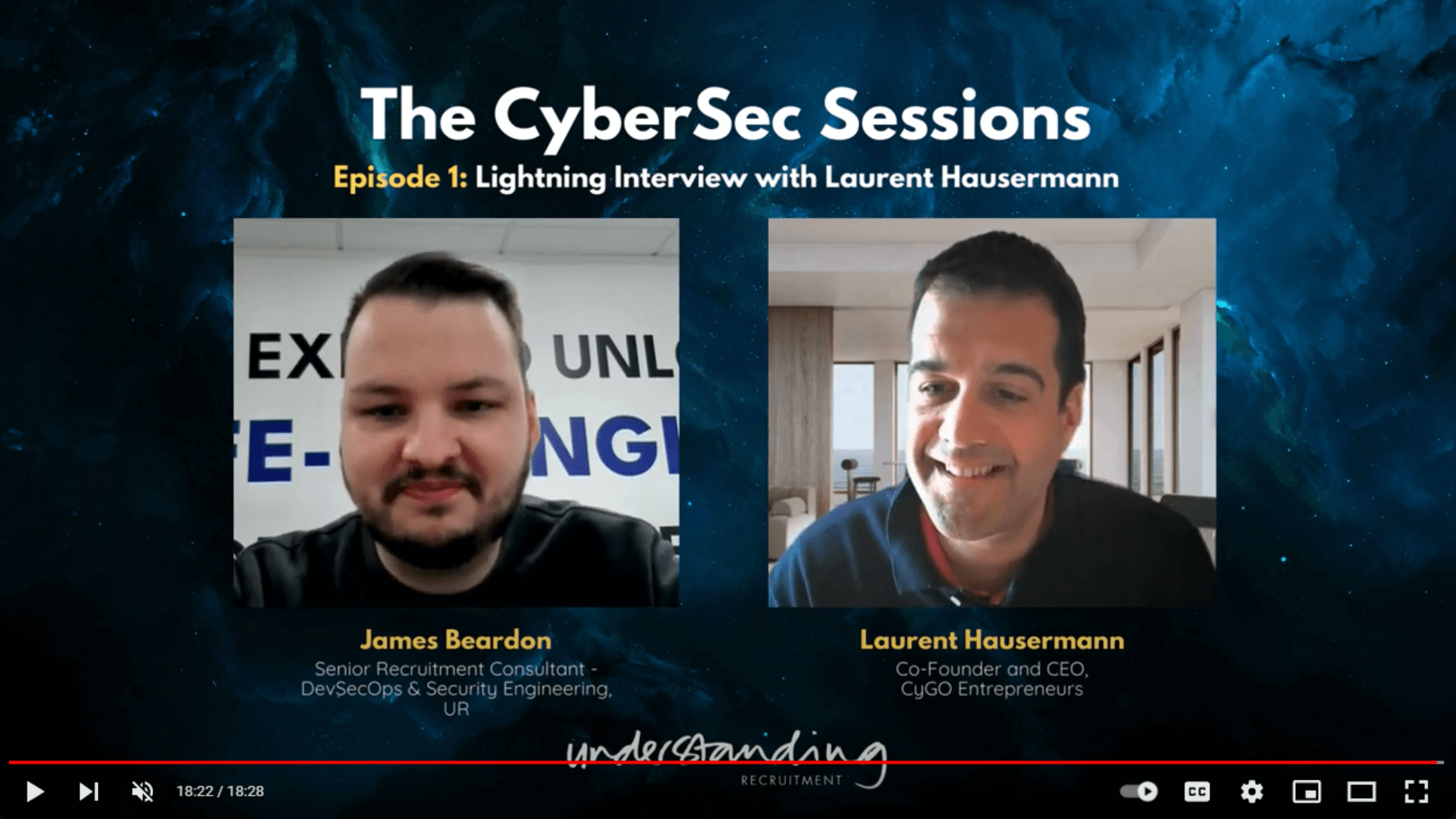Diversity In Tech: How To Create An Inclusive Environment For Lgbtq+ People
20th June, 2022 5 minutes
Pride month is here. The summer brings with it employers keen to show their support for the LGBTQ+* community – this may encompass transforming the company logo with the iconic rainbow hue, decorations in the office, or maybe even a special pride-related event, but it’s sometimes easy to prioritise activities around this time of year, rather than look to long-term strategy. So, how can LGBTQ+ inclusivity be part of your overall approach to diversity in the workplace, and what changes can you make that foster an accepting, happy environment for all?
Let’s start with a disclaimer: of course, all times of year should be the time for reflection on how to create a diverse workforce, not just ‘Pride month’, but with deadlines, hiring stress, and everything else, it’s easy for looking at your diversity to get pushed to the wayside.
With more of the next generation of tech professionals identifying as LGBTQ+, they are understandably looking to their next employer for a clear sign it is an accepting and safe work environment for them, and allyship from the company and its staff. ‘Rainbow-washing’ and only showing support for the LGBTQ+ community during Pride month is to be avoided, and instead, the focus should be on checking you are doing everything you can to create a more inclusive work environment.
LGBTQ+ people in the workplace
It’s understandably hard to pinpoint the exact number of LGBTQ+ in the UK and further afield, but more people than ever are openly stating their sexuality as something other than heterosexual, and a recent study by YouGov found among the younger generation (those in the 18-24 age bracket), 36% of respondents said that they consider themselves “completely heterosexual”.
When it comes to gender identity, which can be too often left out of the picture, it’s important to consider people in your team or you may be interviewing that are non-cis (i.e. their gender is not what they were presumed at birth). In the last nationwide ‘LGBT survey’ specifically of the community conducted by the government in 2017, 13% of the respondents were transgender (or ‘trans’) and 6.9% of respondents were non-binary (i.e. a gender neither male or female).
Why look at your approach to LGBTQ+ inclusion and the diversity of your team?
Stonewall’s latest report on LGBTQ+ experiences in the workplace in the UK shows almost one in five LGBTQ+ staff (18%) have been the target of negative comments or conduct from work colleagues in the last year because they're LGBTQ+, and more than a third of LGBT staff (35%) have hidden that they are LGBT at work for fear of discrimination. These figures make for devastating reading – if you are reading this as a cis and heterosexual individual, perhaps take a moment to imagine either being bullied or feeling unsafe to share your identity at the place you spend most of your time and the people you engage with on a daily basis.
What does this mean for employers? It’s more than ever to have top-down processes and policies that create an inclusive work environment (encompassing everything from the language used to hiring approaches).
Diverse workforces are increasingly found to be happier, more creative, and less likely to make flawed decisions, due to being enriched by the different perspectives and life experiences minorities bring to the team. This is partially down to ‘cognitive elaboration’ and the sharing, challenging, and expanding our thinking as ‘diverse teams compel each other to think more deeply about their reasoning and interrogate the facts more objectively’. An environment where people can truly be themselves, naturally, gives way to a closer team who work together well and support each other in the workplace.
So, what can you introduce to really make an impact?
Diversity panels and surveys where people can share their views on what could be changed can be a great addition to the workplace, but inclusivity should be looked at all levels, and not just be informed by what existing staff think as many workforces are homogeneous and may not even realise.
Here is a handful of things you can do to foster a more inclusive environment for LGBTQ+ employees, but it’s important to remember the work is ongoing and takes time to see changes from:
1. Use inclusive language (and encourage others to do the same)
The language you use says a lot about who you are as a company, especially if you tolerate certain types of language that ostracises others and/or has derogatory connotations for those in a minority like LGBTQ+ people. In male-dominated spaces like tech environments can be (as evident in our 2022 Talent & Salary reports) greetings like, ‘Hi guys’ and offensive language can sometimes go unchallenged, so it’s important to enforce a top-down zero-tolerance policy across all communication (whether on a Teams chat, the company intranet or in-person) to make it very clear homophobic and transphobic language will be reprimanded, and create a company culture that everyone feels part of. It’s important to make this clear in the interview stages too, so potential employees that are members of the community know how important it is that no one feels excluded through the language used in the office.
Think about conversations you’re having in the workplace – are they heteronormative or do they include everyone (e.g. not focused on marriage and parental duties, which some LGBTQ+ people may not feel part of). Are you respectfully asking people’s pronouns (and including them as part of your employee training) or are you just including them on your signature and/or LinkedIn without implementing anything further?
Outward marketing, including your website and social media, as well as internal channels should celebrate diversity in language, imagery, and more – and also indicate that your work environment is inclusive of everyone. Resources like gender decoding tools and the Conscious Style Guide are great for becoming more conscious of language that isn’t inclusive, which can be applied to job ads, emails, and social media posts.
2. Make an ongoing commitment to training for all levels
Diversity training isn’t a one-time tick-box exercise and if you rolled something out even a few years ago it’s like it’s already outdated. Support HR in making that extra investment in ensuring you’ve got up-to-date, highly-regarded training, ideally from a specialist provider of LGBTQ+ education (e.g. charities like Stonewall or Switchboard) who are directly involved with the community and know the struggles individuals are facing in the modern workplace. With an increasing number of people coming out as trans or gender non-conforming (and non-binary), it’s imperative your team knows and respects pronouns for external relations and how they interact with other members of the team that may be trans.
As creating an inclusive environment for LGBTQ+ people is an ongoing investment, check in continually where you are with diversity and inclusion with anonymous staff surveys or use an external provider to find out what can be improved, and perhaps most importantly, actually make the changes from the findings to make life better for them.
3. Support people in being free to present their identity in the workplace
Beyond language and training, there are physical changes you can bring to the office to make it a more welcoming environment for all. This may include looking at your office dress code and non-discrimination policy to check if there’s nothing outdated and exclusive of certain gender identities and sexualities.
For members of the trans community (including gender non-conforming people), it’s worth remembering using a public/work bathroom can sometimes be a very stressful experience, so consider if you can implement gender-neutral bathrooms to make life as easy as possible for everyone.
In summary, including LGBTQ+ staff is about consistently looking to language, education, and office culture, to create a safe space that embraces and celebrates all, which in turn will lead to a happier, more successful team. And remember, it’s important to show your pride for LGBTQ+ team members, all-year round, not just for June.
*Obviously, there are a lot of different acronyms for the community and we’re using ‘LGBTQ+’ to try to encompass everyone lesbian, gay, bi, trans (including non-binary), queer, questioning, and asexual people



